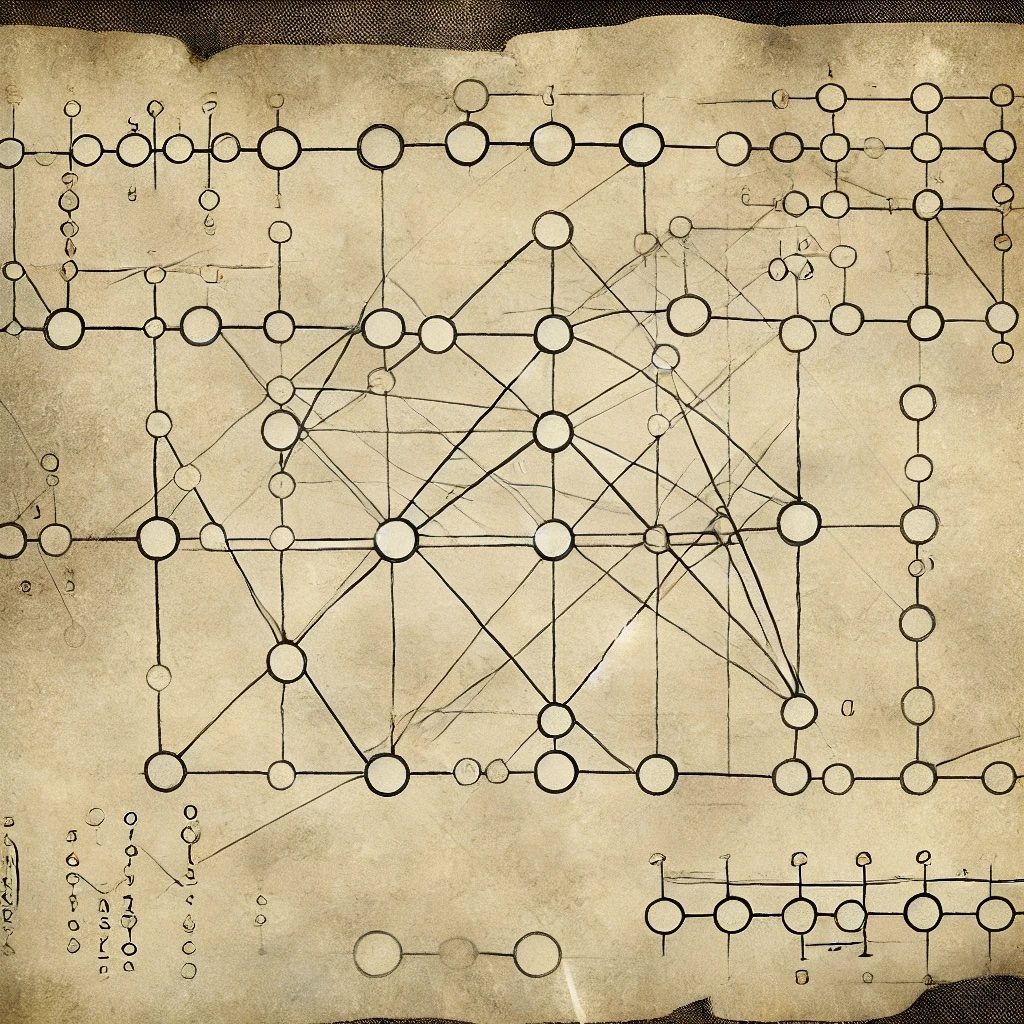In 2018, Catoni and Giulini proposed a simple estimator in : Simply truncate the observations and take the empirical mean of the result. In particular, they consider
where
for some . Estimators of this type are also called thresholding estimators. The Catoni-Giulini estimator.
This has a rate of where . The rate is therefore not quite sub-Gaussian, but close. See the discussion by Lugosi and Mendelson (Section 3.3) for a clear exposition about the precise rates of the Catoni-Giulini estimator. We gave a sequential version of this estimator. The guarantees for the original Catoni-Giulini estimator rely on proofs using PAC-Bayes. Blog post on this estimator is here. See variational approach to concentration for a generalization of this proof technique to other estimators.
As presented, the Catoni-Giulini truncation estimator requires a bound on the raw second moment . This is less desirable than a central moment assumption, i.e., a bound on , since the latter is immune to translations of the data. As noted by Lugosi and Mendelson, this translation invariance can be overcome by sample splitting: use some logarithmic number of points to construct a naive estimate of the mean, and then center the Catoni-Giulini estimator around .
This estimator was extended to Banach spaces (see also concentration in Banach spaces) by Whitehouse et al. They (we) also show that the estimator handles martingale dependence and is time-uniform, and also can handle a central moment assumption (instead of the raw moment), and also handles infinite variance (requires only a central -th moment for ). Interestingly, they don’t use a PAC-Bayes analysis, but instead employ the Pinelis approach to concentration.
